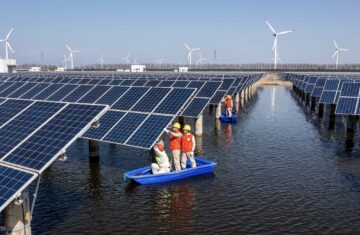A Comprehensive Overview
Bioenergy is increasingly recognized as a vital component of Italy’s renewable energy landscape. As the country seeks to diversify its energy sources and reduce greenhouse gas emissions, bioenergy offers a sustainable solution that utilizes organic materials. This article explores the history, current state, economic impact, environmental considerations, and future prospects of bioenergy in Italy.
Historical Context of Bioenergy in Italy
Early Developments
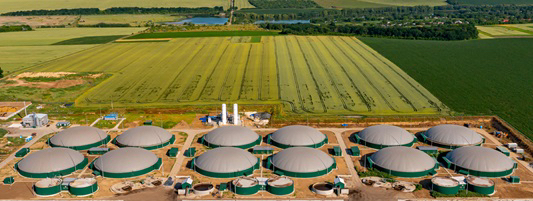
Italy has a long tradition of using biomass for energy, dating back centuries to the use of wood for heating and cooking. However, the modern bioenergy sector began to take shape in the late 20th century as awareness of renewable energy sources grew. The first significant investments in bioenergy technologies occurred in the 1990s, primarily focusing on biomass and biogas production.
Government Policies and Incentives
The Italian government has implemented various policies to promote bioenergy. Notably, the Conto Energia program, which initially targeted solar energy, also encouraged the development of bioenergy technologies. In addition, the National Renewable Energy Action Plan (NREAP) outlines specific targets for increasing bioenergy production, reflecting Italy’s commitment to achieving its renewable energy goals.
Current State of Bioenergy in Italy
Bioenergy Capacity and Production
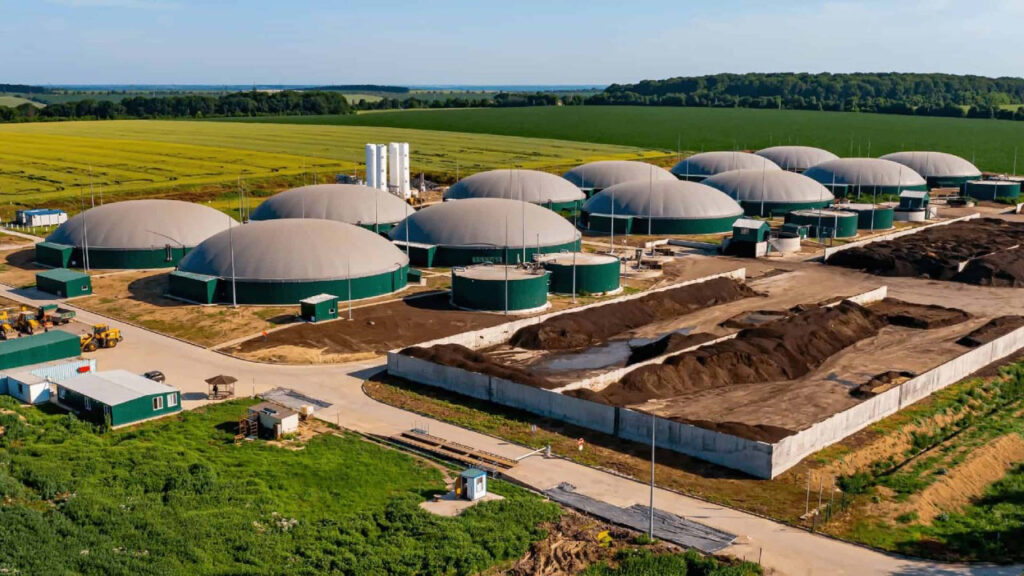
As of 2022, Italy has a total bioenergy capacity of approximately 4.5 GW, contributing significantly to the country’s renewable energy mix. According to the Gestore dei Servizi Energetici (GSE), bioenergy accounted for about 6.5% of Italy’s total electricity generation, primarily sourced from biomass and biogas.
Breakdown of Bioenergy Resources
- Biomass: This includes organic materials such as wood, agricultural residues, and dedicated energy crops. Biomass power plants convert these materials into electricity and heat.
- Biogas: Produced through the anaerobic digestion of organic waste, biogas is used for electricity generation and as a renewable gas for heating.
Key Regions for Bioenergy Production
Certain regions in Italy are particularly well-suited for bioenergy production due to their agricultural activities and availability of biomass resources:
- Emilia-Romagna: Known for its strong agricultural sector, this region is a leader in biomass production.
- Lazio: Home to several biogas plants, Lazio benefits from both agricultural waste and organic waste from urban areas.
- Piedmont: This region has invested significantly in biomass and biogas technologies, with a focus on sustainable practices.
Economic Impact of Bioenergy
Job Creation and Local Economies
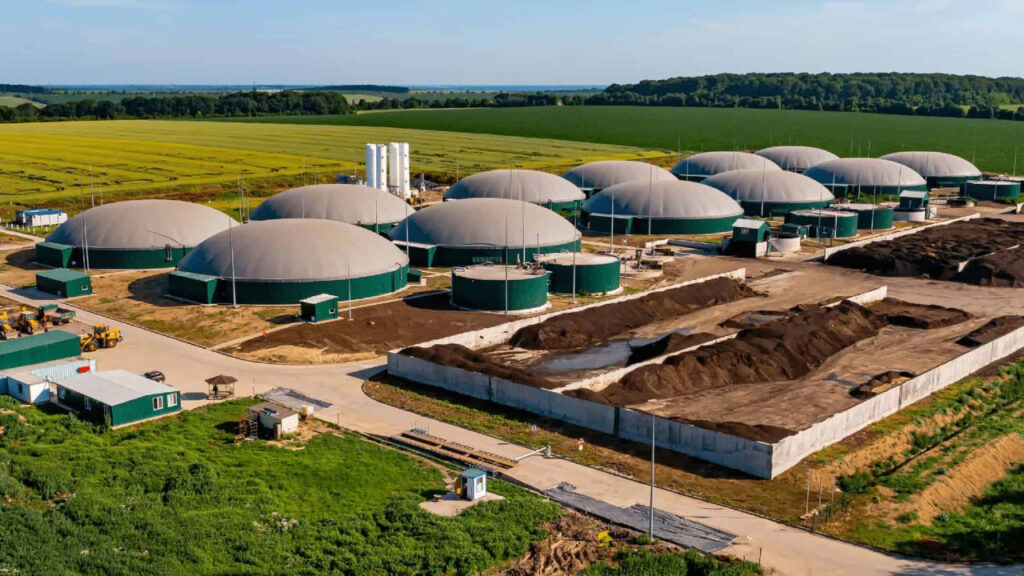
The bioenergy sector has a significant impact on Italy’s economy, creating jobs and stimulating local economies. According to a report by the Italian Biomass Association (AIB), the bioenergy sector supports over 30,000 jobs, ranging from agricultural production to energy generation and technology development.
Investment Trends
Investment in bioenergy has been robust, driven by declining technology costs and favorable government policies. The Italian government has committed to further investments in renewable energy, including bioenergy projects. According to IRENA, total investment in bioenergy in Italy reached approximately €2 billion in 2021.
Environmental Considerations
Renewable Energy Transition
Bioenergy plays a crucial role in Italy’s strategy to transition to renewable energy and reduce greenhouse gas emissions. The country aims to achieve a 55% reduction in emissions by 2030, in line with EU targets. Bioenergy contributes significantly to this goal by providing a clean, sustainable energy source.
Ecological Impact
While bioenergy is generally considered renewable, it is essential to assess its ecological impacts:
- Land Use: The cultivation of energy crops can compete with food production and lead to deforestation if not managed sustainably.
- Emissions: While bioenergy is carbon-neutral in theory, emissions can occur during the cultivation, processing, and transportation of biomass.
Mitigation Strategies
To minimize ecological impacts, Italy is implementing various strategies, including:
- Sustainable Practices: Promoting the use of waste materials and residues for energy production rather than dedicated energy crops.
- Certification Schemes: Implementing sustainability criteria for biomass sourcing to ensure responsible practices.
Future Prospects of Bioenergy in Italy
Untapped Potential
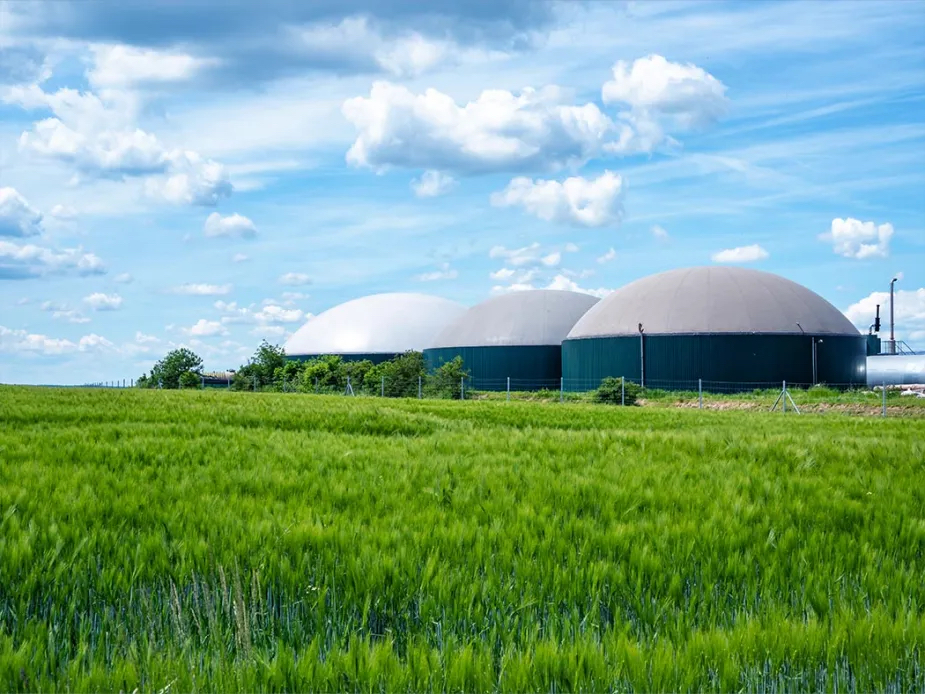
Italy has significant untapped potential for bioenergy. According to IRENA, the country could increase its bioenergy capacity by more than 50% over the next decade, reaching up to 7 GW by 2030. This growth is driven by advancements in technology and the increasing demand for renewable energy.
Integration with Other Renewable Sources
The future of bioenergy in Italy lies in its integration with other renewable energy sources, such as solar and wind. This integrated approach can enhance the stability and reliability of the energy grid, particularly during periods of low solar or wind generation. Additionally, biogas can serve as a flexible energy source that complements intermittent renewables.
Policy and Regulatory Framework
The Italian government continues to support bioenergy through favorable policies and regulations. The National Energy and Climate Plan (NECP) outlines specific targets for increasing renewable energy capacity, including bioenergy. Furthermore, Italy is working towards simplifying permitting processes for bioenergy projects to encourage faster deployment.
Conclusion
Bioenergy is a vital component of Italy’s renewable energy landscape, contributing significantly to the country’s energy mix and economic growth. With its rich agricultural resources and supportive policy environment, Italy is well-positioned to harness the potential of bioenergy. As the country continues to innovate and invest in bioenergy technologies, it will play a crucial role in achieving a sustainable energy future.



